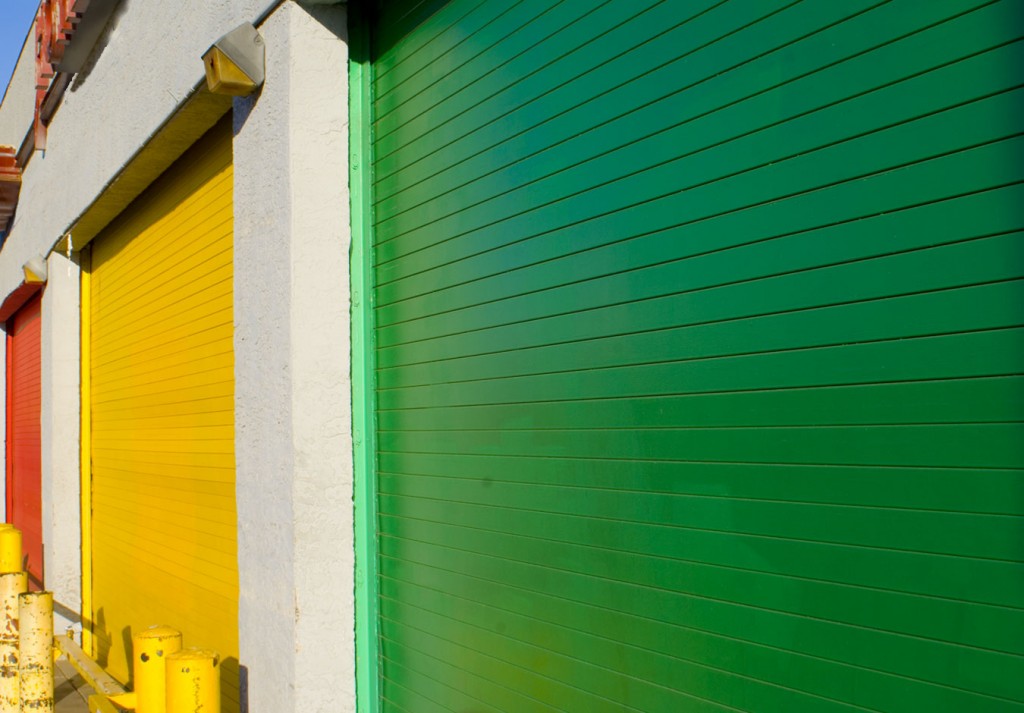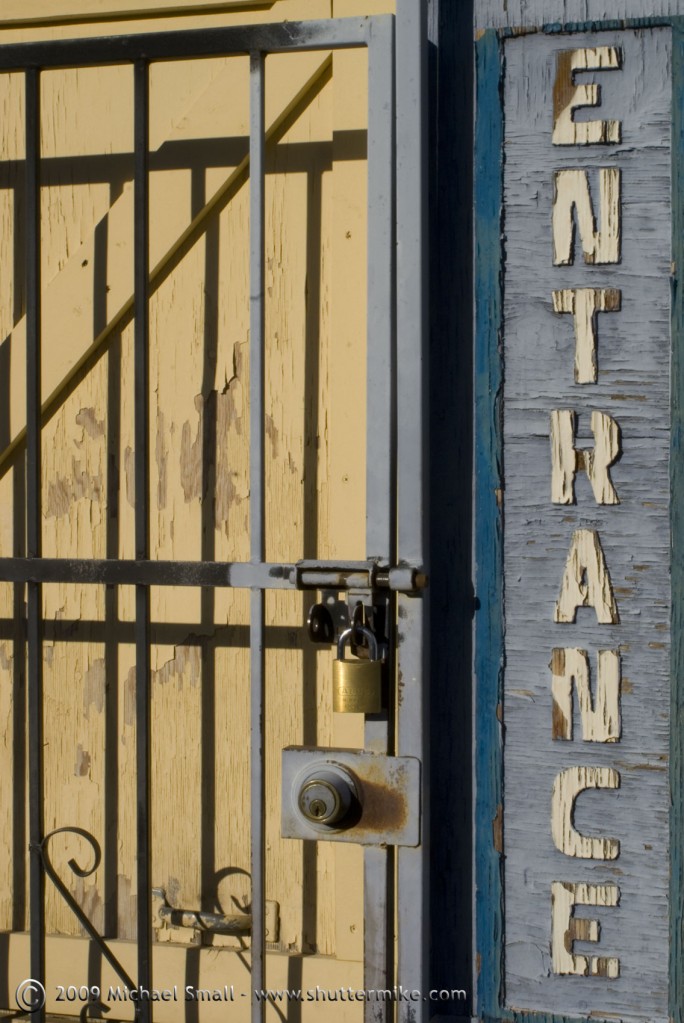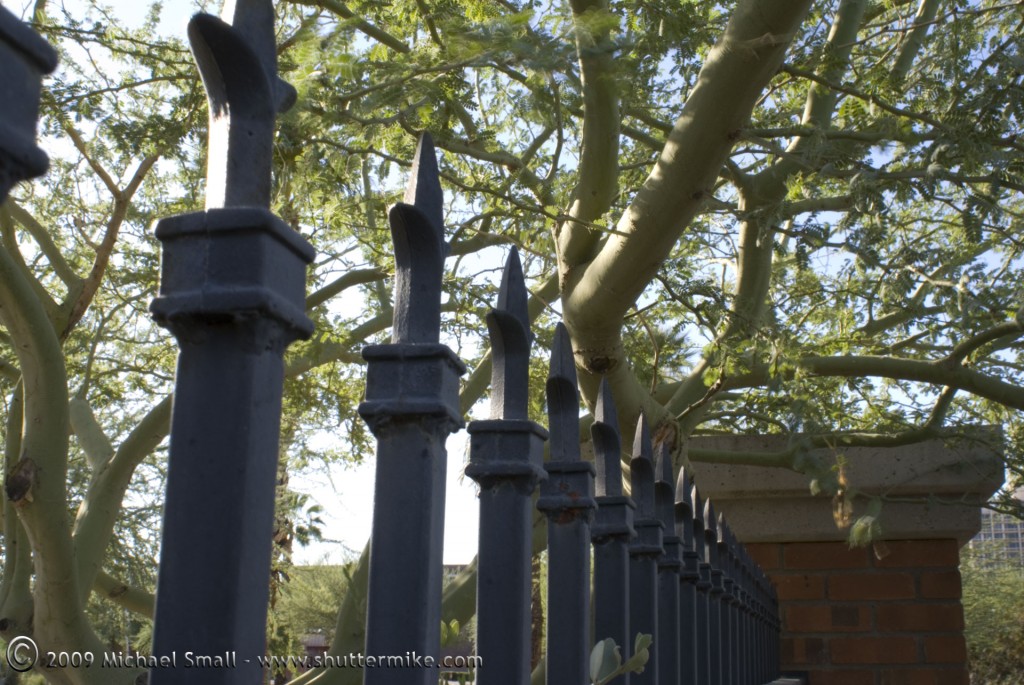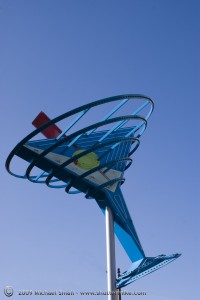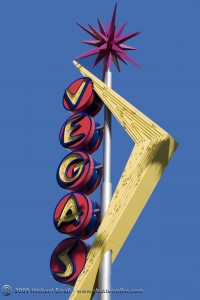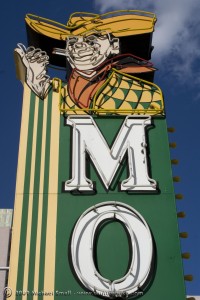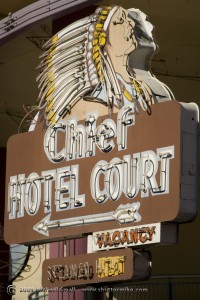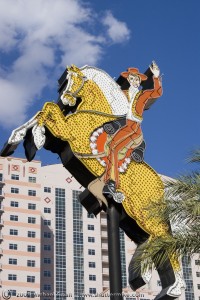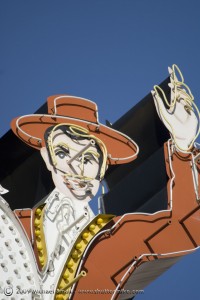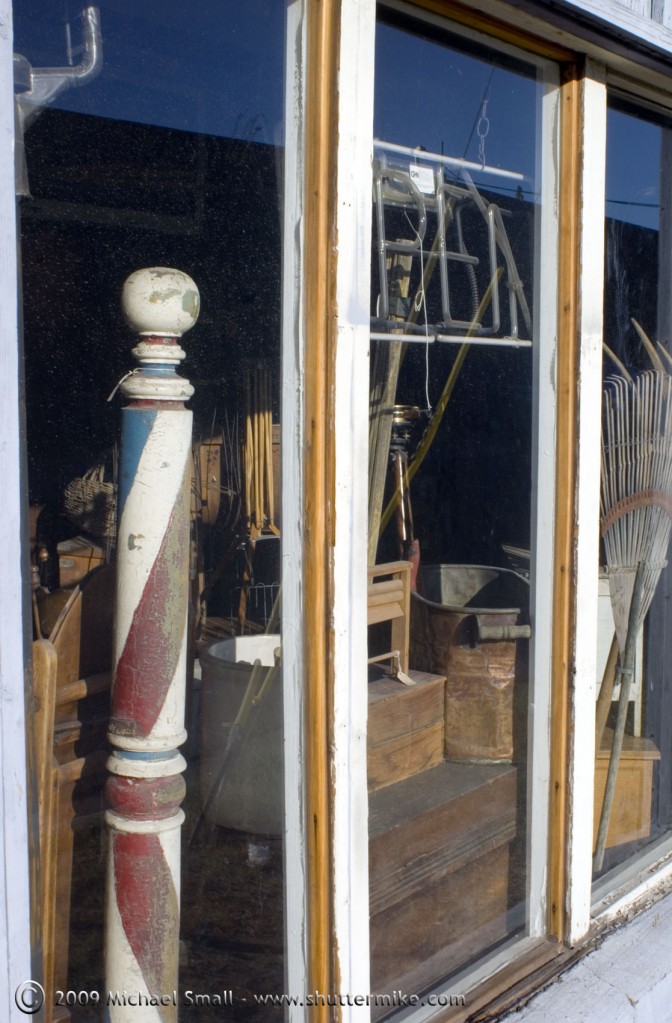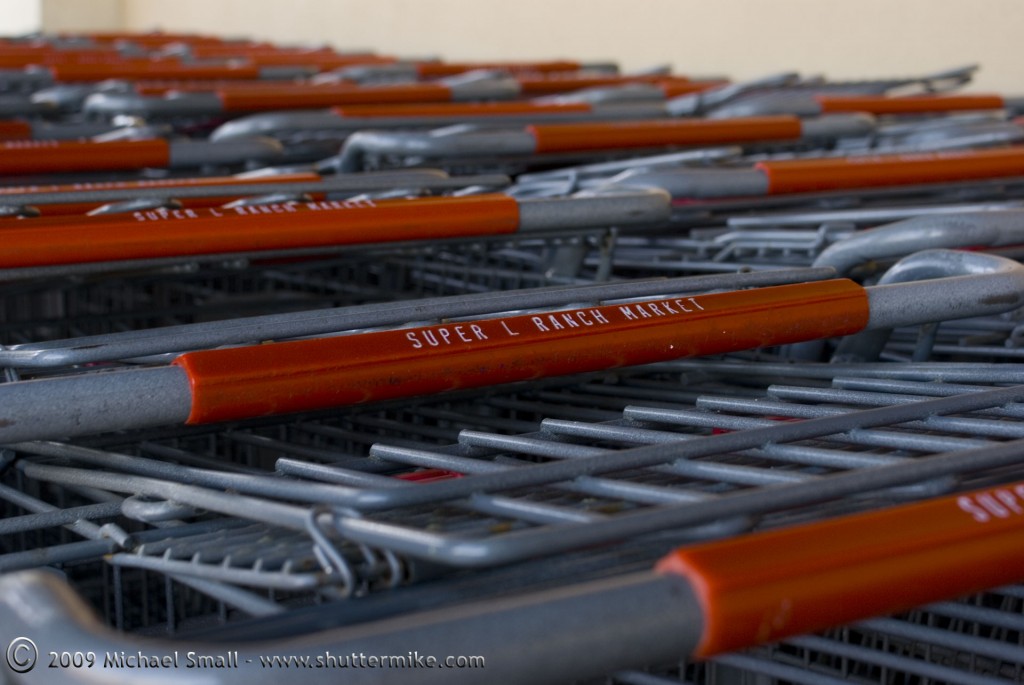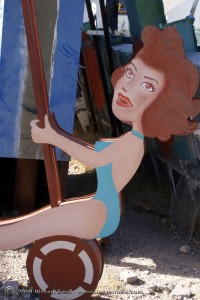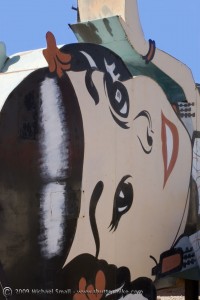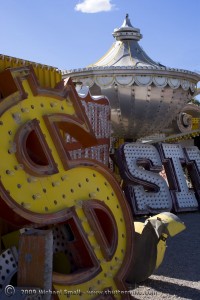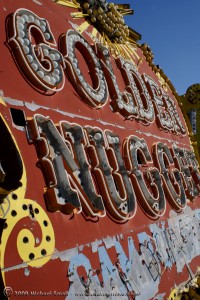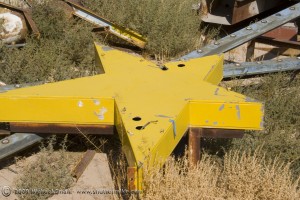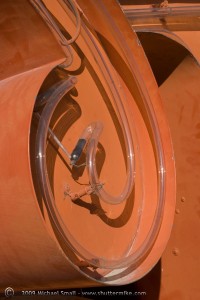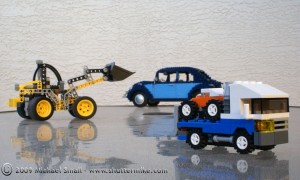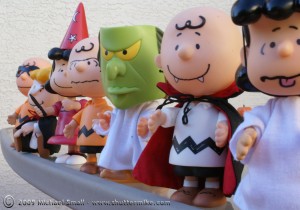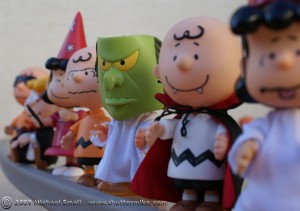Archives for October, 2009
f/16 – 1/40 sec – ISO 100 – Focal Length 30 mm
21 Oct 2009
Ansel Adams Exhibit at the Tucson Museum of Art
Arizona Photography, Photography Exhibits, Tucson Area Photography 2 CommentsIf you have any interest in photography you undoubtedly know who Ansel Adams is. His landscape photography, particularly of the Southwestern US, is world renowned. So if you are in the Southwest between now and February 14, 2010 you have a great opportunity to check out an exhibit at the Tucson Museum of Art featuring more than 100 of his photographs.
Ansel Adams has ties to Tucson through the Center for Creative Photography that he co-founded at the University of Arizona in 1975. A trip to Tucson to see the exhibit and then take in the Center for Creative Photography would be well worth it. If you have extra time to spend in Tucson bring your camera and check out some of these top spots for photography in Tucson.
20 Oct 2009
Photography at the Phoenix Chinese Cultural Center
Arizona Photography, Phoenix Area Photography No Comments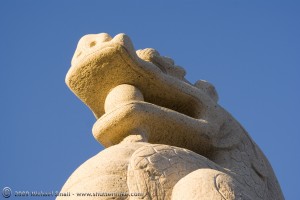
Phoenix may not be the first place you think of for Chinese American culture. In fact, you might be hard pressed to find much beyond the typical restaurant. There is however, a small oasis of Chinese culture in the desert. The Chinese Cultural Center at 44th St. and the 202 Red Mountain Freeway is made up of several Chinese restaurants and shops as well as a garden. The architecture of the center is classic Chinese – picture San Francisco’s China Town. The garden is nicely laid out with statues, replica temples, ponds and paths. For being on a busy Phoenix street, it is even rather tranquil.
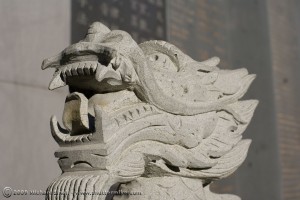
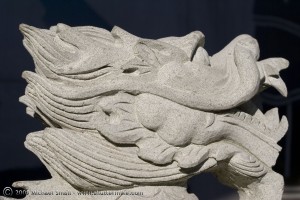
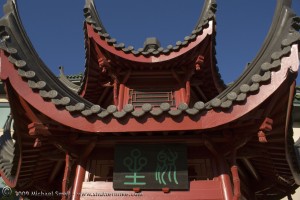
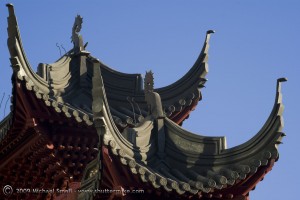
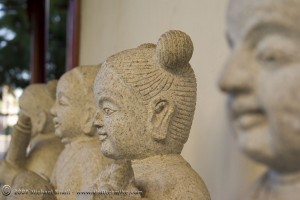
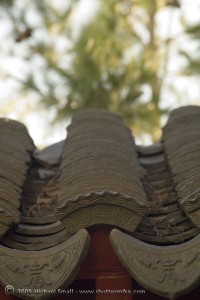
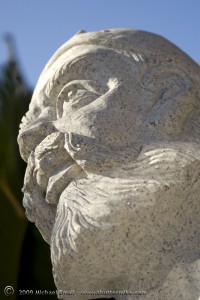
More practice with depth of field. Using a smaller aperture brings more of this image into focus. Each post of the fence surrounding the Steel Indian School Park in central Phoenix as well as the brick column and Palo Verde tree in the background are in focus. Using a larger aperture would have narrowed the depth of field to just the part of the scene I was focused on.
I posted the other day about the Neon Museum in Las Vegas and the great photography opportunities in their boneyard. For the signs that make it out of the boneyard the museum restores them to their original glory and installs them along downtown Las Vegas’ Fremont St. There are nine restored signs in place. Here are a few of them.
I have been practicing “mastering” depth of field lately and posted about it the other day. I spent Saturday morning at the Chinese Cultural Center in Phoenix at 44th St. and the 202 freeway. It is a combination retail and office development and small Chinese themed park. The park contains temple reproductions, koi ponds, garden paths, and statuary which are all worth photographing. But this photograph of simple, everyday shopping carts outside of the Ranch Market was a great chance to try out some more depth of field shots. The large aperture (f/5.6 ) allowed me to focus on the middle cart handle and get it sharp while blurring the first cart and those in the background.
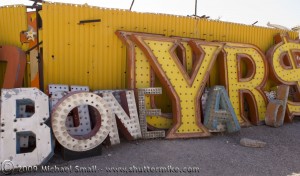
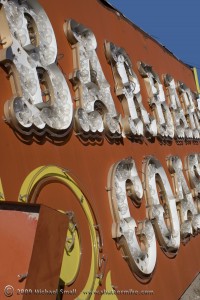 There is a museum in Las Vegas that ironically is all about the glitter that is Vegas yet is itself rather subdued. No flashing neon arrows pointing to its displays, no prominent location on The Strip, nor will you even be able to find out its location too easily. The Neon Museum in Las Vegas is a bit clandestine. You will only be told its exact location after you have a confirmed reservation. There are no self guided tours of its exhibits and no one gets in without a reservation, usually made months in advance.
There is a museum in Las Vegas that ironically is all about the glitter that is Vegas yet is itself rather subdued. No flashing neon arrows pointing to its displays, no prominent location on The Strip, nor will you even be able to find out its location too easily. The Neon Museum in Las Vegas is a bit clandestine. You will only be told its exact location after you have a confirmed reservation. There are no self guided tours of its exhibits and no one gets in without a reservation, usually made months in advance.
All the secrecy makes the experience seem a bit more special. Like you are a part of a secret club. The Las Vegas Neon Museum houses, preserves, and eventually restores what has made Vegas famous. Its neon signs. Restored signs are displayed on and near Fremont St. while those that are waiting to shine again are stored in the museum’s boneyard. The tours offered by the museum are of their 3 acre boneyard and will set you back $15. But if you love Vegas, vintage signs, history, or just a unique experience this tour is well worth it.
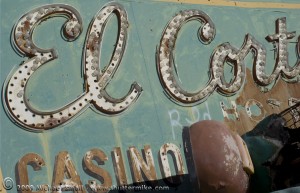 The signs are in various stages of repair or disrepair as the case may be. You are forewarned to wear close toed shoes as the boneyard is littered with broken light bulbs and rusted metal.
The signs are in various stages of repair or disrepair as the case may be. You are forewarned to wear close toed shoes as the boneyard is littered with broken light bulbs and rusted metal.
The museum is in the process of restoring the mid-century modern lobby of the La Concha Motel as their visitors center which was designed by Paul Revere Williams. A prominent icon such as the La Concha as a visitor center is sure to negate any secrecy that currently surrounds the museum.
As you would imagine, hotel and casino signs dominate the collection of the Neon Museum. But not to be outdone in glitz and glamor everyday businesses went all out with their signs in Vegas as well. The one on the right above is from a Chinese restaurant.
If Vegas did not coin the phrase, “keeping up with the Joneses” it does its best to keep it alive. The next best thing is always in the works. That means old hotels are continuously being imploded to clear the way for bigger, better and flashier. And those casinos that do survive need updated images every few years. So old signs come down and many find their way to the neon boneyard. The lamp above is from the Aladdin before it met some well placed TNT and the one on the right is the Golden Nugget.
The boneyard was a gold mine of photo opportunities for me. It has everything; color, lines and shapes, great compositions, and a story to be told. The tour does not allow for much exploring on your own, which I would have loved to do. But if you pay attention there are shots around every corner, from the obvious full-size hotel sign to more subtle ones. The “fallen star” above is very Vegas to me and cold be telling a classic Vegas story. What was once a bright star served its purpose, faded and is now laying in a boneyard waiting for another chance. A sign or a Vegas dream?
17 Oct 2009
Depth of Field Explained
Photo Techniques, Photography 101, Photography How To Tips No CommentsI must admit depth of field has been a fundamental photography concept that has been difficult for me to master. Although I am far from mastering it I have managed to take the first step, which is understanding it. So I figured I would give the “Cliff Notes” version of depth of field for anyone else who is struggling to understand it.
What is Depth of Field?
Depth of field refers to the portion of an image that is in focus or sharp. It is a great tool to tell the viewer what part of the image is most important by only having that part in sharp focus. It is generally divided into two categories; narrow or shallow depth of field and great depth of field. Narrow or shallow means that a very limited (or narrow) part of the image is in sharp focus and the rest of the image, in front of and behind the main subject of the image, is blurred. Great depth of field is just the opposite. A greater portion of the image including the space in front of and behind the main subject is in focus.
How do you control depth of field?
There are three factors that affect the depth of field of your photograph.
- Aperture Size
- Focal Length
- Lens-to-Subject Distance
Aperture Size
Put simply, the smaller the aperture (the larger the f-stop #) the greater the depth of field and the larger the aperture (the smaller the f-stop #) the shallower the depth of field. So if you have three objects lined up at varying distances from each other and you want to capture the front object in sharp focus while blurring the others open your aperture way up to whatever your smallest f-stop is for the focal length you are using (f/5 for example) and focus on the front object (top photo below). If you want all three objects in relative focus close your aperture down to your largest available f-stop (f/22 for example) (bottom photo below).
large aperture/small f-stop = shallow depth of field
small aperture/large f-stop = great depth of field
Focal Length
Shorter focal lengths lenses result in a greater depth of field while longer focal length lenses result in a more shallow depth of field. For example if you are using a 35 mm to 70 mm zoom lens and focus on your subject at 35 mm with an aperture of f/8 you you will get your subject as well as more of the foreground and background in focus (top photo below). Then when you change the focal length to 70 mm at the same f/8 aperture the resulting depth of field will be narrow, meaning a blurred background and foreground and sharper subject (bottom photo below).
short focal length (~50 mm) = great depth of field
long focal length (~200 mm) = shallow depth of field
Lens-to-Subject Distance
The further you are from your subject the greater your depth of field will be. Conversely, the closer you are to your subject the more narrow your depth of field will be. For example, taking a photograph of a group of people in front of a scenic background from 20 yards away will result in both the people and the background being in focus. While moving closer to the people, say 5 yards, will result in the people being in more sharp focus while the background begins to blur.
further away from subject = great depth of field
closer to subject = shallow depth of field
